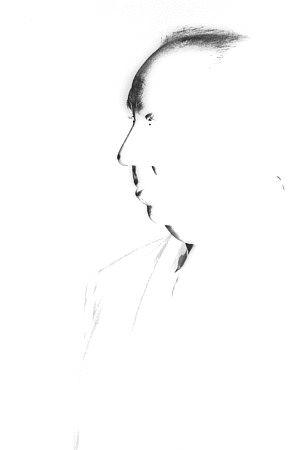














The
authors of the "Lexicon" attempted, in one study (combining the
efforts of philosophers, art critics, and philologists), to present a rather
complete (as far as the matter of the study permits - since it is at times
still in the process of formation or deconstruction - as well as according to
the extent of the capabilities of the research team) picture of the
non-classical aesthetic consciousness, of art, and, more broadly, of the
variegated art-activity of the radically new (and transitional in essence)
period of artistic culture that started somewhere in the middle of the 19th
century. Its last period is marked here as POST-culture (see: POST-).
The
"Lexicon" includes essays on the following topics:
- main
philosophical-aesthetic, applied scientific, etc., theories, concepts, and
problems of artistic culture (and particular art forms) of the last third of
the 19th- 20th c. (existentialism, informational aesthetics, Freudism,
structuralism, semiotics, hermeneutics, postmodernism, etc.)
- the
main, most significant, as well as original and unique authors in the fields of
aesthetics, philosophy, and art theory of the period in question (Bergson,
Baudrillard, Bakhtin, Deleuze, Derrida, Freud, Heidegger, etc.)
- non-classical
trends, movements, schools, styles in artistic culture (i.e., in the main art
forms and their non-traditional forms) of the period in question (abstract art,
avant garde, aleatorics, dodecaphony, cubism, surrealism, conceptualism,
pop-art, etc.).
- the key
figures in artistic culture and art-activity of the 20th c. of a non-classical
orientation (Beckett, Berg, Beuys, Godard, Greenaway, Dali, Kandinsky, Le
Corbusier, Malevich, Picasso, Stockhausen, etc.);
-
aesthetic and specific art terminology that has formed in art criticism,
philology, and aesthetics, in order to describe the processes and phenomena of
non-classical artistic culture and particular artworks (the absurd, antinomy,
action, assemblage, virtual reality, installation, artefact, thing, writing,
concept, deconstruction, discourse, intertextuality, schizanalyse, etc.)
- certain
philosophical-aesthetic concepts and artistic phenomena in the history of
culture that stray away from the "classical" line of development, are
marginal in respect to the latter, but have exercised a certain influence on,
or are typologically close to, certain phenomena of contemporary non-classical
culture in the proper sense of the term (in this case the authors limited
themselves to general essays on medieval and Orthodox aesthetics as certain
"non-classical" antitheses or paradigms of a number of processes of
the 20th-c. artistic culture);

